Indian style sit refers to a grounded seating position where individuals sit with their legs crossed. This position is also commonly known as “cross-legged” or the “lotus position.”
Incorporating traditional elements into daily activities, Indian style sitting has garnered global recognition for its benefits. It’s a posture that promotes flexibility and has been deeply rooted in various cultural and spiritual practices in sitting indian style, including meditation and yoga. Sitting cross-legged on the floor is more than a mere seating choice; it helps in improving posture and digestion due to the way it requires engagement of the core muscles and the layout of the gastrointestinal organs.
At VASEAT, we delve into the myriad benefits of incorporating the Indian style sit into daily life, exploring how this traditional practice can be a boon to your physical, mental, and spiritual well-being. From enhancing flexibility and digestion to fostering a serene mind, the Indian style sit is a testament to the wisdom of integrating yoga principles into the fabric of our everyday lives.
Origins Of The Indian Style Sit
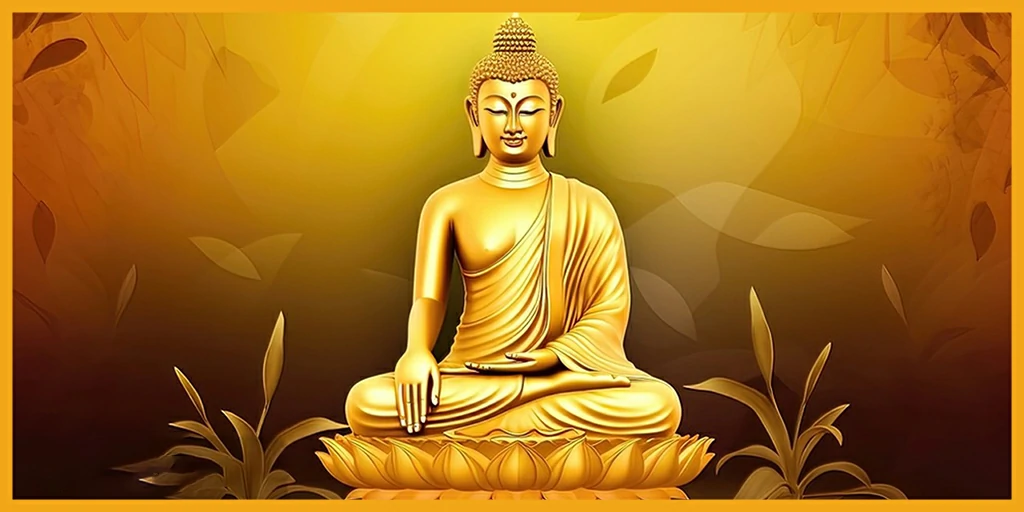
The ‘Indian Style Sit’ connects deeply with traditions. Many centuries mark its existence. People from different walks of life embrace this posture for various occasions. This sitting style is not mere posture; it holds stories, practices, and beliefs, enriching its cultural canvas.
Historical Roots
The Indian style sit, often known as ‘cross-legged sitting’, has roots stretching back through history. Found in ancient frescoes, it appears as a common way for people to gather and engage in social activities. This way of sitting proved practical and comfortable for long durations, especially on the ground, as chairs were not common in early Indian societies.
Cultural Significance
- The cross-legged position signifies respect and humility.
- It is integral in religious rituals, symbolizing stability and poise.
- Yoga, born in India, adopts this position for meditation and mindfulness.
- Community gathering events like storytelling and eating often use this posture.
Anatomy Of Sitting Cross-legged
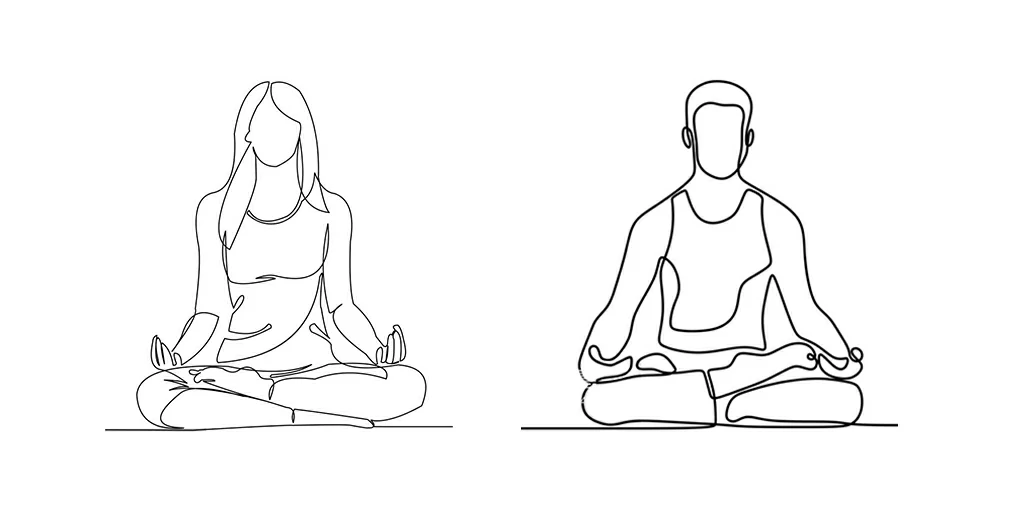
The sit in Indian style, also known as cross-legged sitting, refers to a common floor seating position. People tuck their feet beneath their thighs. This posture is traditional in various cultures and settings around the world. It is more than a casual way to sit. It is a window into the body’s flexibility and health.
Physiological Perspective
From a physiological standpoint, sitting cross-legged requires several muscle groups. These include the hip flexors, glutes, and hamstrings. The position also involves knee and ankle joints. It activates the core muscles to maintain an upright posture.
- Hip Flexors: These muscles help draw your thigh toward the torso.
- Glutes: They stabilize your pelvis when seated.
- Hamstrings: They play a lesser role but still assist in the position.
The body maintains a delicate balance in this pose. It combines flexibility and strength. This balance promotes internal organ space and spinal alignment.
Benefits For Joint Health
Sitting cross-legged has multiple benefits for joint health. It keeps joints flexible, especially in the hips and knees. This type of sitting may also strengthen the surrounding muscles.
- Maintains hip flexibility, which is crucial for movement.
- Encourages a healthy range of motion in knee joints.
- Supports lower body circulation.
- Promotes stronger core muscles, which support the spine.
Embracing cross-legged sitting can contribute to joint longevity. It reduces stress on certain body parts caused by other seating postures.
Indian Style Sit In Yoga
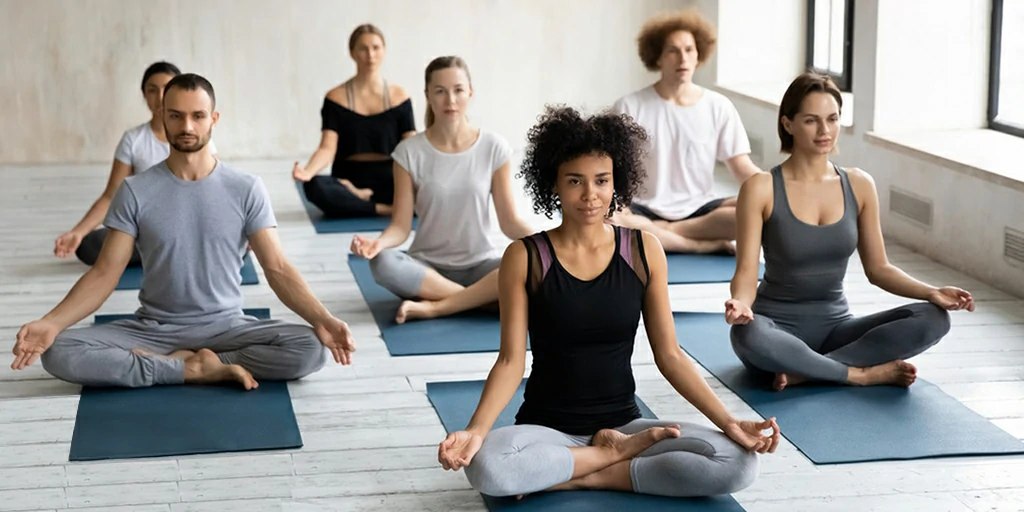
The Indian Style Sit in Yoga, often called Sukhasana, is a simple cross-legged position. This posture is more than just sitting on the ground. It is a part of many yoga practices. It helps in focusing the mind and calming the body. Those new to yoga often find comfort in this traditional pose.
Connection With Yoga Poses
The Indian Style Sit serves as a starting point for other poses in yoga. It links directly to various asanas:
- Padmasana (Lotus Pose) – A deeper hip opener, evolving from the Indian Style Sit.
- Vajrasana (Diamond Pose) – Promotes digestive health, follows a similar seated foundation.
- Baddha Konasana (Bound Angle Pose) – Also seated, it enhances the flexibility of the Indian Style Sit.
These poses share roots with the Indian Style Sit. Their alignment and benefits are interlinked.
Impact On Meditation Practices
The Indian Style Sit is central to meditation. Its impact on mindfulness and concentration is profound:
- Creates stability – A balanced base for the spine to align properly.
- Promotes stillness – Reduces physical discomfort, focuses the mind.
- Opens the hips – Encourages a flow of energy, aiding meditative practices.
Practicing this pose regularly enhances meditation. It allows deeper immersion into the meditative state.
Indian Style Sit In Cultural Practices And The Floor Culture
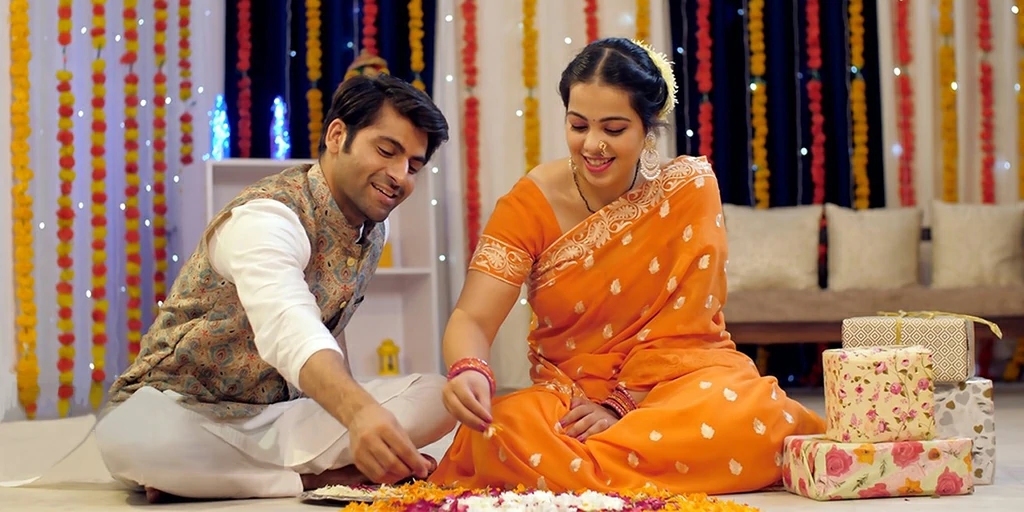
India, a land brimming with cultural diversity, shows its uniqueness in many ways. One such aspect is the ‘floor culture’, deeply woven into the country’s social fabric. Sitting on the floor is not just a practice but a way of life ingrained in various cultural practices.
Daily Life And Traditions
In many Indian homes, floor sitting is common. This tradition stems from ancient times. It offers numerous benefits, such as improved posture and digestion.
Floor seating arrangements often include simple mats or elaborate carpets. People engage in daily activities while sitting cross-legged, a position known as ‘Sukhasana’. This floor culture extends to spiritual practices as well. Most Indian households have a dedicated space for worship, where family members sit on the floor to pray and meditate together.
- Morning rituals often start with sitting on the floor.
- Children sit in circles at school assemblies.
- Yoga and meditation practices encourage floor sitting.
Hospitality And Dining Etiquette
Sitting on the floor is deeply tied to Indian hospitality and dining etiquette. Guests are welcomed into homes and often invited to sit on a floor spread. This practice signifies humility and equality, as everyone sits at the same level.
Dining on the floor is a traditional experience in many households. Meals are served on banana leaves or metal thalis, placed on a low table or directly on a clean floor mat. Diners sit in a comfortable ‘Padmasana’ or cross-legged position. This custom is a way to connect, ensuring a communal and shared experience.
- Guests receive a warm welcome to sit on the floor.
- Eating on the floor is a communal bonding time.
- Weddings and festivals often feature floor dining.
| Occasion | Seating Style | Food Served On |
| Regular Meals | Cross-legged/Sukhasana | Banana Leaf/Metal Thali |
| Festive Gatherings | Padmasana | Shared Platters |
| Spiritual Events | Cross-legged | Floor Spreads |
Through the act of sitting together on the floor, both daily life and special occasions in India embrace a sense of community. Such practices highlight the richness of India’s cultural tapestry.
Indian Style Sit In Modern Adoption And Variations

The way we sit and relax has transformed significantly over time, and the Indian Style Sit is no exception. Its versatility and comfort have made it a popular choice across the globe. Let’s delve into the modern adoption and variations of this time-honored seating style.
Incorporation In Western Lifestyle
Western cultures have embraced the Indian style sit, adding a hint of Eastern philosophy to their living spaces. This cross-cultural exchange has led to a unique blend that serves both aesthetic and practical purposes. Below, we’ll explore how this traditional pose has smoothly transitioned into Western lifestyle choices.
- Yoga and Meditation: The Indian sit is central to yoga and meditation practices, now prevalent in Western routines.
- Health and Well-being: Recognized for its spine-aligning and digestion-improving benefits, the posture has found enthusiasts among health-conscious individuals.
- Floor Seating Areas: Inspired by the Indian sit, floor seating has become a trendy interior concept in Western homes, promoting casual and cozy gatherings.
Fusion In Modern Furniture Design
Contemporary furniture designers are increasingly drawing inspiration from the Indian sitting style. This has led to a fascinating fusion of traditional Indian seating with modern design elements.
| Type of Furniture | Design Influence |
| Low-Height Sofas | Reminiscent of Indian floor cushions |
| Adjustable Chairs | Emphasizing cross-legged comfort |
| Modular Seating | Flexible for various sitting positions |
The modern furniture industry sees the Indian style as a form of creative expression. It enables a seamless blend of tradition with contemporary living spaces. Such furniture pieces not only pay homage to the Indian heritage but also cater to the dynamic needs of modern households.
Sitting Indian Style : Challenges And Adaptations
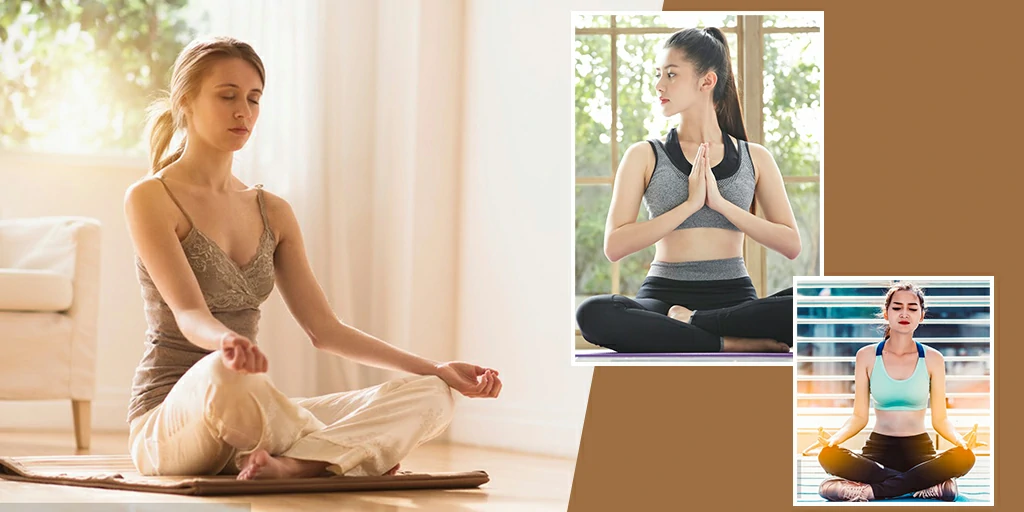
Embracing the Indian Style Sit often brings a blend of both reward and challenge. This traditional posture, widely adopted for dining and socializing in India, might seem simple, but it can test the body’s limits, particularly for those unaccustomed to it. The journey to comfortably adopting this pose involves understanding potential discomforts and training your body for better flexibility. Let’s explore these challenges and adapt accordingly.
Potential Discomforts
Adopting the Indian Style Sit isn’t always a walk in the park. Your muscles may protest, and your joints might disagree. Consider the following discomforts you might encounter:
- Knee strain: Can cause significant discomfort due to prolonged bending.
- Ankle pressure: The sitting position puts weight on the ankles, which might lead to aches.
- Hip stiffness: Keeping your hips in a fixed position can result in stiffness over time.
- Lower back pain: Without proper support, the lower back may suffer.
Training For Better Flexibility
Flexibility is key! To make the Indian Style Sit a comfortable experience, consider the following tips:
| Activity | Benefit |
| Gentle stretching | Prepares your muscles and joints. |
| Yoga | Increases hip and spine flexibility. |
| Leg exercises | Strengthens knee and ankle joints. |
| Consistency | Gradually builds sitting endurance. |
Start slow, but stay steady. Regular practice will help your body adapt without causing injury or excessive pain. Your goal is to build up to the Indian Style Sit, increased flexibility being your guiding light.
Impact On Posture And Alignment Of Indian Style Sit

Indian Style Sit, also known as Cross-legged Sitting, is a common practice in many cultures. This position can have a significant effect on your body’s posture and alignment. Sitting on the floor with your legs crossed promotes a straight back, encouraging a better posture. But there’s more beneath the surface when it comes to the long-term impact of this sitting style. Let’s delve into how adopting this position can modify your posture and influence skeletal health.
Posture Improvement Strategies
Embracing an Indian Style Sit comes with a variety of posture improvement strategies. Let’s break them down:
- Core Strengthening: This sitting position engages your core muscles, providing better stability and balance.
- Spinal Alignment: It encourages a neutral spine position, reducing stress on the back.
- Hip Flexibility: Regularly sitting cross-legged can increase hip flexibility and range of motion.
Following these strategies can lead to positive changes in your posture. They can help reduce back pain and boost overall comfort during sedentary activities.
Long-term Skeletal Effects
The influence of Indian Style Sit on the skeletal system is profound. Find out the potential effects:
| Beneficial Effects | Potential Risks |
| Promotes natural spine curvature | Can lead to numbness with prolonged sitting |
| Alleviates lower back pressure | Possible strain on knee joints |
| Supports better hip alignment | May not suit people with certain health conditions |
By understanding these effects, you can take steps to maintain a healthy posture. Remember, moderation and proper technique are key to reaping the benefits while avoiding setbacks. Balance time spent in this position with other activities that promote movement and flexibility.
Influence On Social And Family Gatherings
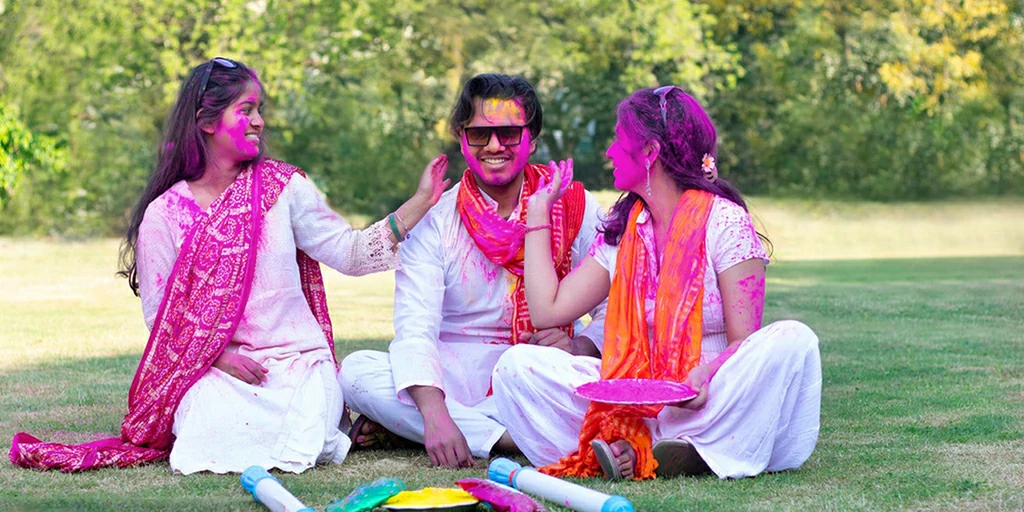
The ‘Indian Style Sit’ greatly influences gatherings. In Indian culture, sitting on the floor during social and family events is more than just a seating arrangement. It’s a tradition that enhances connection and fosters a sense of community.
Let’s explore how the Indian Style Sit shapes interactions during gatherings.
Community Events
At community gatherings, the Indian Style Sit creates a circle of inclusion. Everyone sits at the same level, establishing a space of equality and engagement. People share food, stories, and experiences, strengthening their bonds. Festivals and celebrations often see guests sitting in large circles, enhancing the collective spirit.
- Facilitates open communication
- Promotes shared experiences
- Encourages participation
Intergenerational Bonding
In family settings, the Indian Style Sit brings together all age groups. Grandparents, parents, and children share the same space, leading to the exchange of stories and wisdom. This seating style bridges the generational divide, nurturing respect and learning. Here’s a snapshot of its impact on family dynamics:
| Benefit | Explanation |
| Better Communication | Encourages listening and sharing amongst family members. |
| Cultural Transmission | Facilitates passing down traditions and values to younger members. |
| Quality Family Time | Creates moments for everyone to bond without distractions. |
Frequently Asked Questions For Indian Style Sit
Question: What Is An Indian Style Sit?
Answer: An Indian style sit refers to a cross-legged seating position commonly used in India, also known as the lotus position or Sukhasana in yoga.
Question:Are Indian Style Sits Good For Health?
Answer: Sitting Indian style can enhance flexibility, promote better posture, and aid digestion, but it’s essential to listen to your body’s comfort.
Question:How To Sit Comfortably Indian Style?
Answer: Ensure a flat, cushioned surface and gradually increase the duration you maintain the position to avoid discomfort or strain.
Question:Can Anyone Perform An Indian Style Sit?
Answer: Most people can adopt this sitting position with practice, although those with knee or hip issues should proceed with caution or consult a health professional.
Conclusion
Exploring the Indian style sit has unveiled a world of benefits. It isn’t just a posture; it’s a gateway to better health and mindfulness. Adopting this practice can transform your daily routine, offering both physical and mental rewards. Embrace this age-old tradition, and you might just discover a new level of comfort and serenity in your everyday life.
At VASEAT, we encourage you to embrace this practice not just for the physical benefits but as a path to rediscover the tranquility and wisdom that lies within. Let the Indian style sit be your bridge to a healthier, more mindful existence, deeply rooted in the timeless traditions of yoga.


